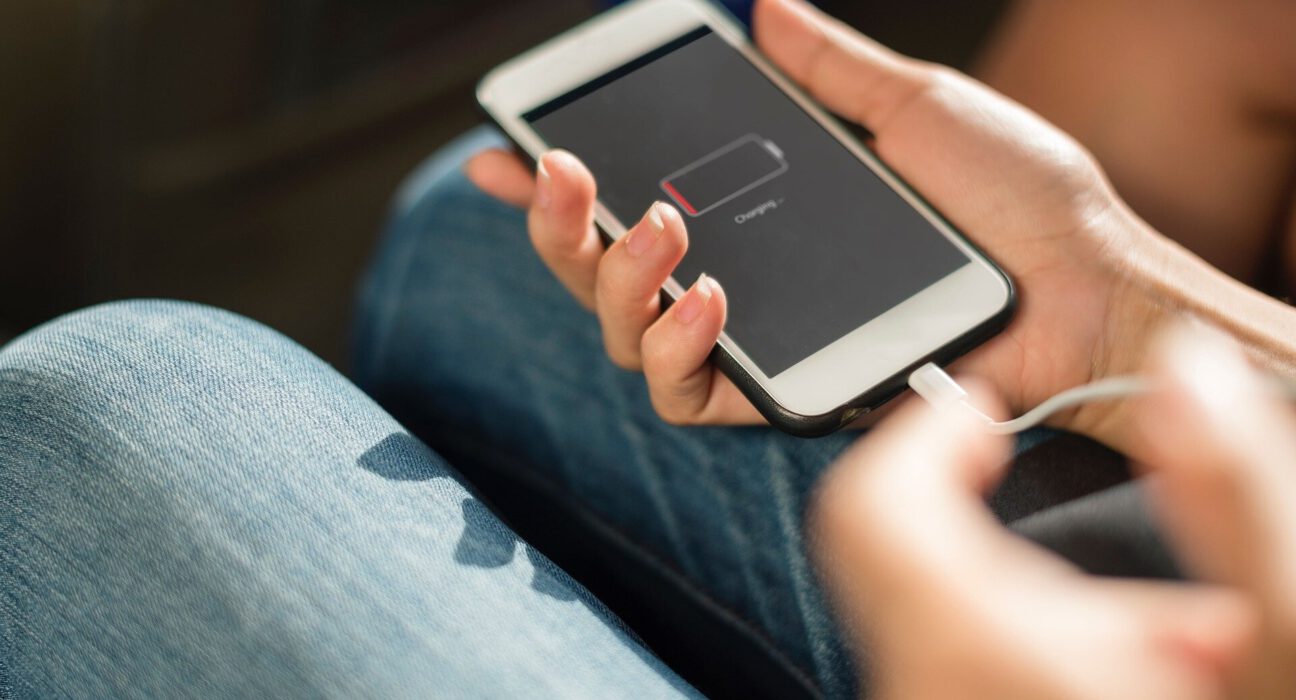In this article, we will examine the Misconceptions about phone charging and other electrical devices in order to uncover these many-year-old lies.
Smartphone users replace their phones on average every 2.6 years.
The lifespan of smartphones, laptops and even electric cars depends on the health of the battery.
Today, if there was a way to replace the battery, fewer people would want to upgrade their smartphone.
No battery lasts forever, but protect your battery by avoiding bad charging habits that accelerate the degradation process.
Most of these misconceptions about phone charging may seem harmless at first, but they can gradually reduce the life of your batteries or phone.
Here we examine some misconceptions about charging phones:
Myth 1: Overnight charging weakens the battery

Contrary to the misconception of some people, charging a smartphone, laptop or electric car during the night does not overload the battery.
Because most modern devices that use lithium-ion batteries are designed with smart chips that automatically cut off the power supply at 100% charge.
But when the device stops charging, the battery charge will decrease slightly after a few minutes, causing the charger to restart and return to 100%.
This limited increase in energy is known as “trickle charging” and can shorten the life of your battery.
To avoid the effect of trickle charging, the latest iPhone and Android smartphones have “optimal battery charging” technology.
For example, if you enable Optimized Battery Charging on your iPhone, it will cut off the power supply at 80% and increase the charging speed to 100% a few minutes before you wake up.
Myth 2: The battery should be charged when its charge reaches 0%

Most smartphones have lithium-ion batteries that drain after 400 to 500 charge cycles.
According to Apple, one charge cycle of your battery is complete when it consumes 100% of its capacity.
Completing a charge cycle does not require discharging from 100% to 0%.
In short, if you drain your battery to 60% and charge it to full capacity, you will complete one charge cycle after another 40%.
This means that the battery will still complete its charge cycle whether it is discharged to 0% or not.
Research shows that draining your battery to 0% can do more harm than good.
Myth 3: Enabling fast charging reduces battery life

Today, with the advancement of technology, many smartphones, laptops and electric cars can be charged from 0 to 80% in just a few minutes.
But the fact is that fast charging does not harm your battery.
If you have a fast charging adapter, you will notice that the charging speed drops after 50 or 80 percent. Experts say, after the first phase, the voltage is usually reduced by 50 or 80% to prevent the battery from overheating.
Fast charging your smartphone, laptop or electric car is normally safe unless there is a hardware or software fault that does not lower the voltage to regulate the temperature.
Choosing the right fast charging adapter for each device is of particular importance.
Myth 4: We should not use the phone while it is charging

According to Samsung, it is safe to use the smartphone while it is still connected to the charger. The same goes for laptops and electric vehicles.
If you use the phone while charging, the charging speed will be reduced so that it does not interfere with your electricity consumption.
But avoid playing video games and playing HD videos on your smartphone.
If you do this, you may cause the battery to overheat, which can shorten its life.


